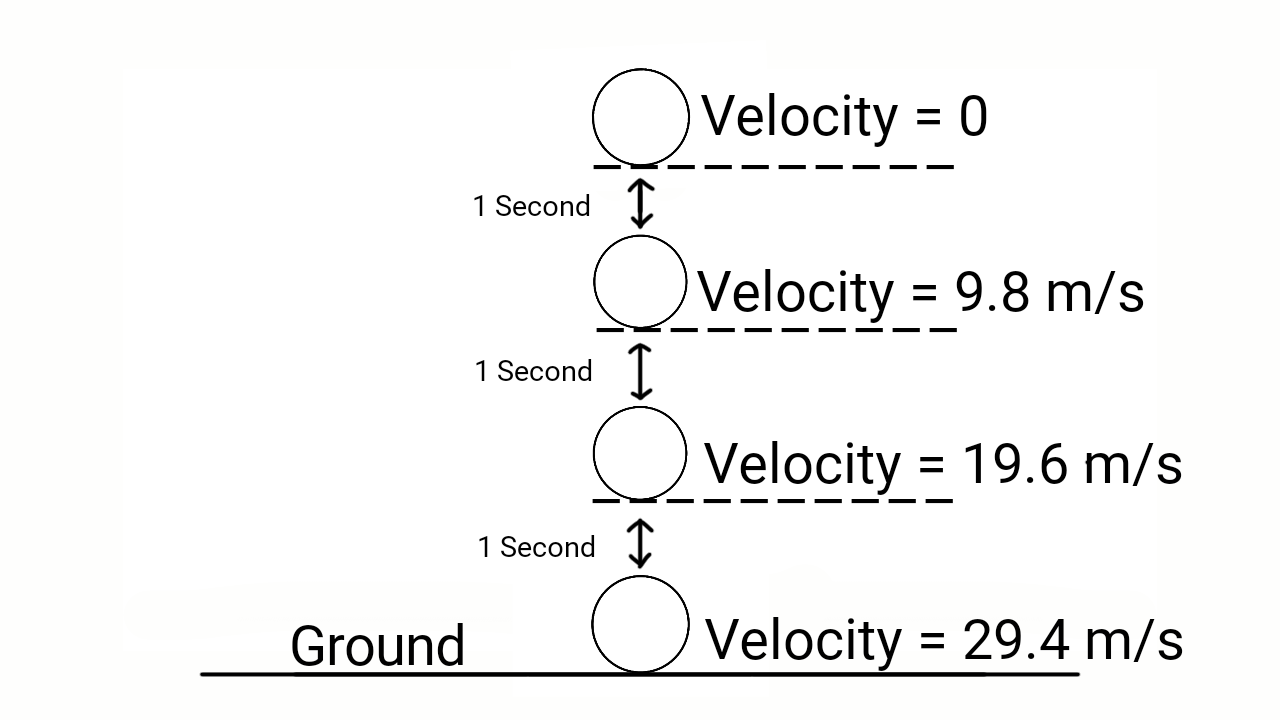Weight
We know that every planets attract every objects towards their centres. The force with which an object is attracted towards the centre of the planet is called its weight. Its SI unit is Newton
If a body has mass
Weight is dependent upon acceleration due to gravity of the planet. As the acceleration due to gravity varies from place to place, the weight of the body also varies from place to place. Acceleration due to gravity
[Variation of Acceleration due to Gravity]
Weight is more at the poles of earth as there is maximum value of
Freefall
When a body is falling under the influence of gravity only, then the motion is called free fall. There is no any influence of air resistance during free fall. Free fall happens when the acceleration due to gravity is equal to the acceleration of the falling body i.e,
Weightlessness
We feel our weight whenever we stand , walk, run or do such activities as we feel the reaction of the floor. But in some condition, we will not feel our weight. Thus, weightlessness can be defines as that condition in which a body does not feel its own weight.
A body having mass feels weightlessness under the following conditions:
- When a body falls with free fall or when a body is falling with the acceleration equal to the acceleration due to gravity i.e,
- When a body is at the centre of the earth or in the space as there is zero acceleration due to gravity and,
- When a body is in the artificial satellite and the artificial satellite is revolving around a heavenly body.

As shown in the figure, an artificial satellite is revolving around the earth in an elliptical orbit due to the centripetal and centrifugal forces. Centripetal force is the force of gravity which keeps the satellite in its orbit. Centrifugal force is opposite to gravity. The satellite at the position
We feel weightlessness when we stand in a lift moving down
There is not any upward force exerted by the floor of the lift when the lift is in free fall.
In this condition,
The apparent weight is,
Where,
But, since the body is in free fall,
Therefore,
Thus, apparent weight is zero and the body feels weightlessness.





